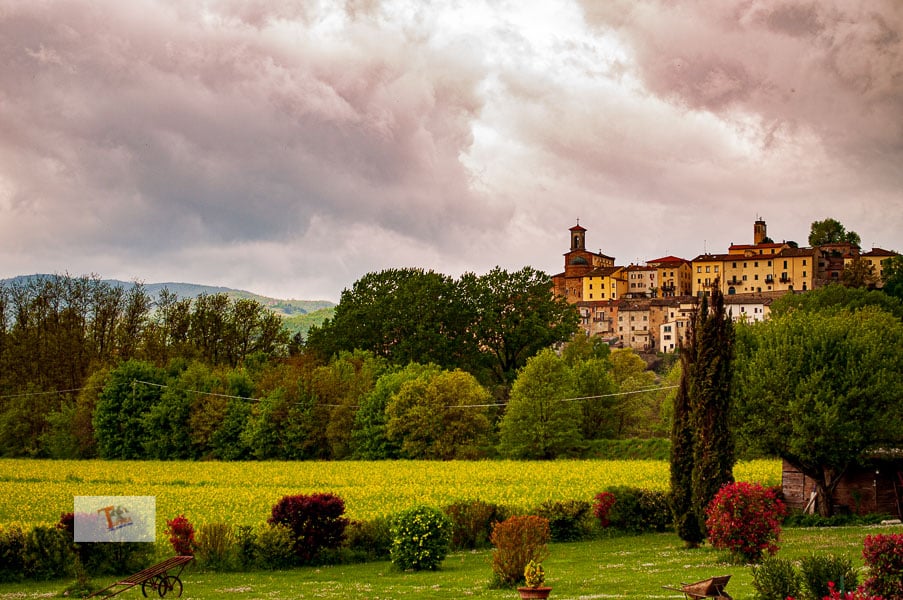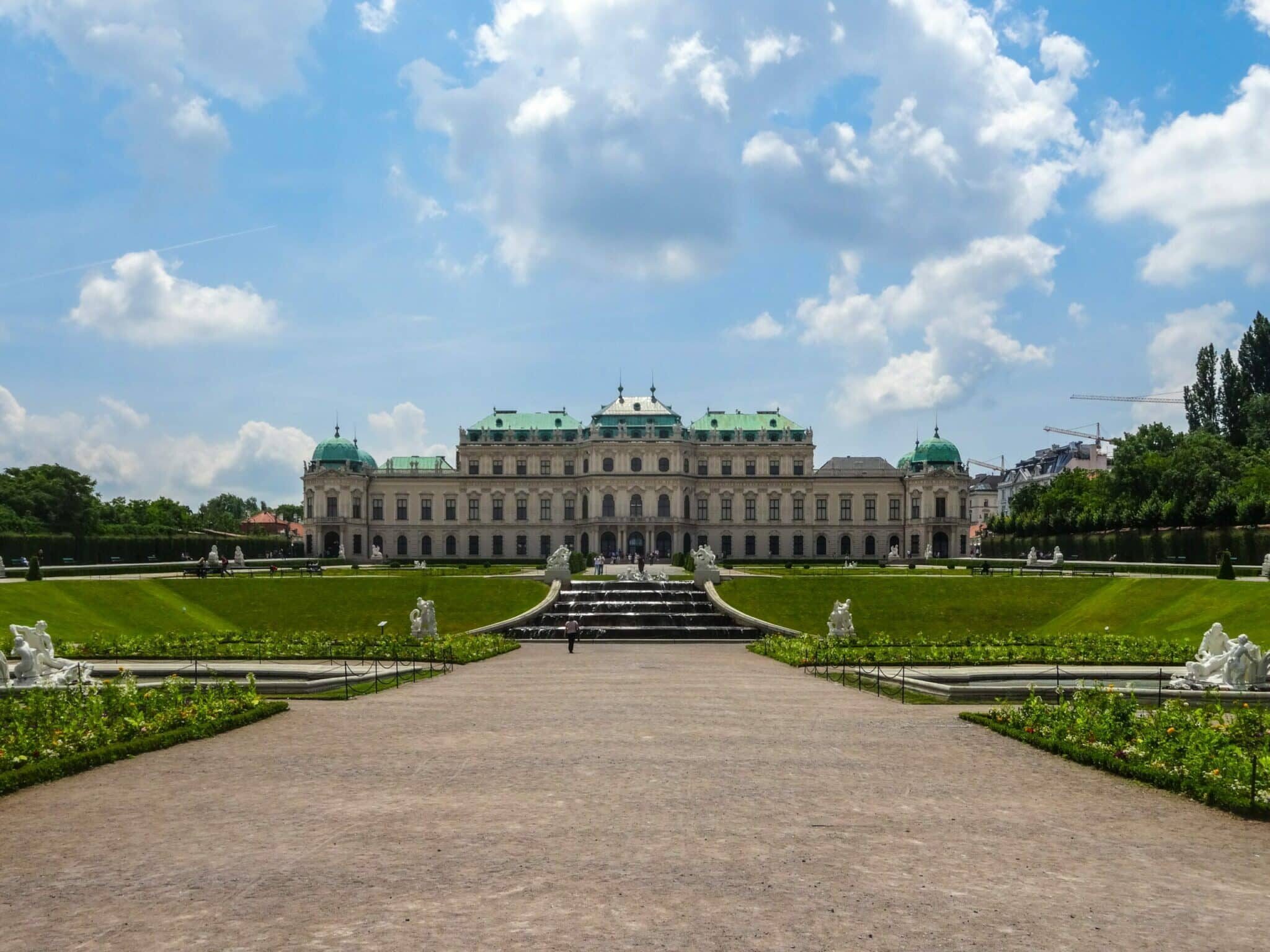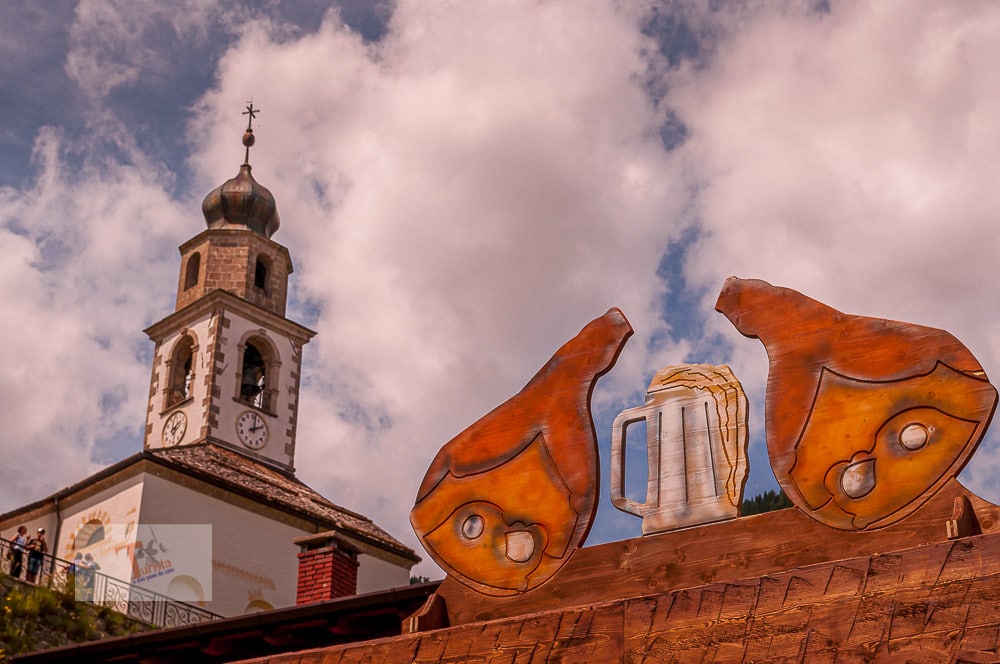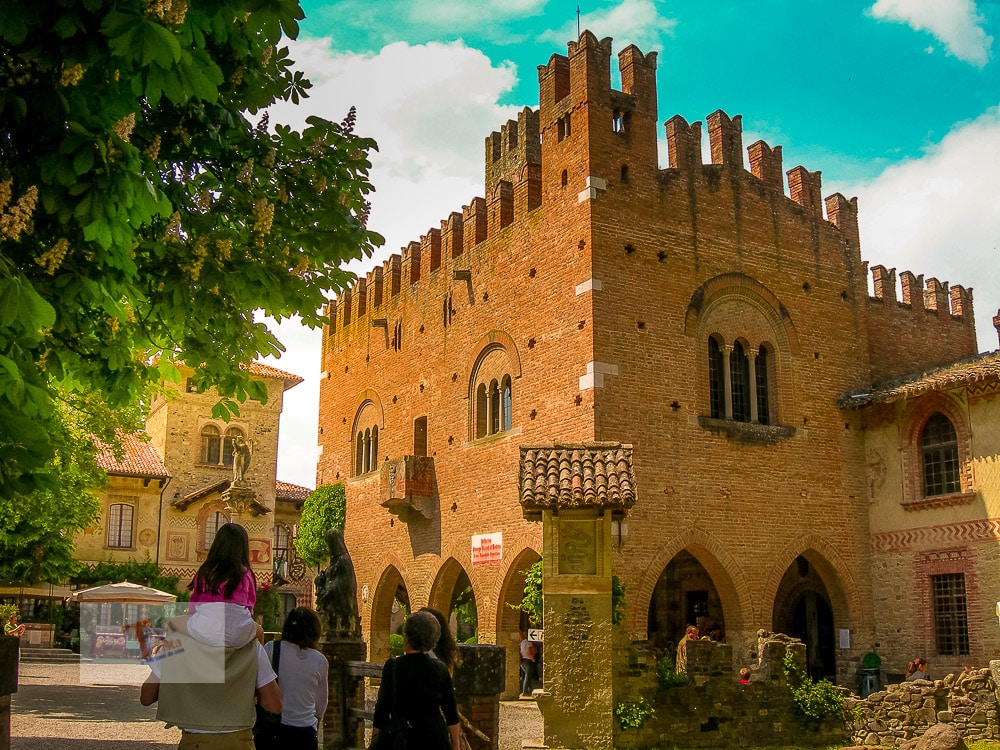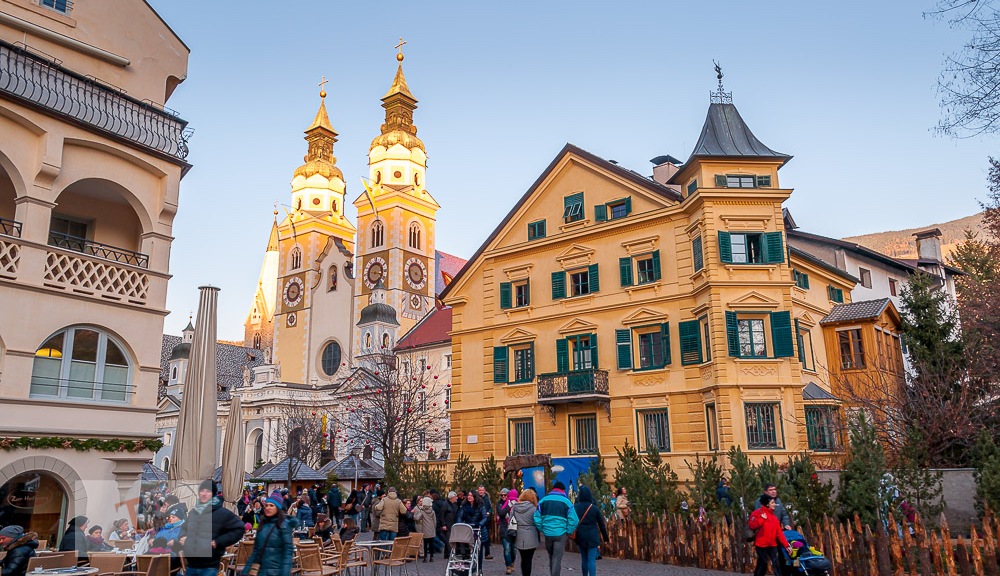An itinerary to discover some of Piero della Francesca’s masterpieces, preserved in the province of Arezzo
The itinerary for the discovery of the Arezzo works of Piero della Francesca, a great Italian Renaissance painter, takes us to the province of Arezzo, in Tuscany to admire some of the most significant works of this artist.
Piero di Benedetto de ‘Franceschi, commonly known as Piero della Francesca (12 September 1416 – 12 October 1492), was an exponent of the second generation of humanist painters.
The route starts from the city of Arezzo to continue towards Monterchi, the birthplace of the mother and ends in Sansepolcro, the birthplace of the painter and mathematician.
History of the True Cross

The starting point of our tour is the Gothic Basilica of San Francesco in Arezzo, which houses the cycle of the “History of the True Cross”. It can be admired in the Main Chapel. The work, begun by the Florentine artist Bicci di Lorenzo, was later completed by Piero della Francesca between 1452 and 1466, making it one of the masterpieces of Renaissance painting. In the Cathedral there is also another masterpiece by the Arezzo painter, namely the fresco depicting Mary Magdalene. It is located at the bottom of the left aisle.
The city of Arezzo is worth a visit, but we will deal with this on another occasion, now, following in the footsteps of Piero della Francesca, we take the SS73 to head to Monterchi where there is another masterpiece of the famous master: the “Madonna del Parto”.
Monterchi
Another masterpiece of the Renaissance painter is the fresco dedicated to the “Madonna del Parto ” which is located in a museum built specifically in the municipality of Monterchi.
The work dated around 1455, was designed to be housed in the ancient church of Santa Maria di Momentana, a small religious building on the slopes of the Monterchi hill, was venerated above all by women in childbirth, who went up to the church in pilgrimage. In the second half of the 1700s, the place was transformed into the cemetery of the Arezzo area. Since the 90s of the last century, the “Madonna del Parto” is located in a special museum created in a former school at the gates of the ancient village.
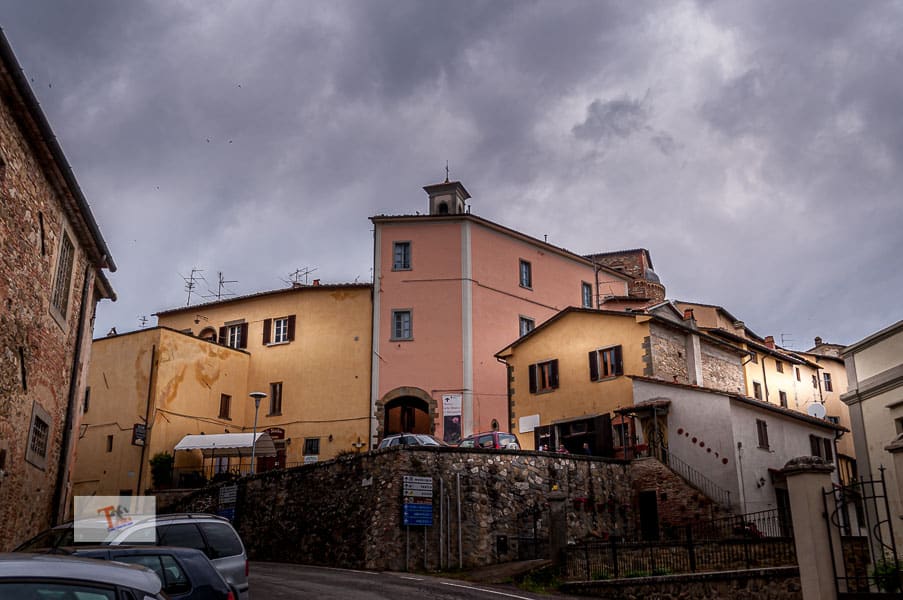
Monterchi is a small village that is worth a visit. We take the opportunity to take a tour in the historic area, whose access is located a few meters from the museum.
The fortified village, which owes its foundation to the Castle of Mons Herculis, or Monte Ercole, is equipped with a wall that still exists. What we see today is the work of reconstruction after some earthquakes. In the historic core, we admire the Romanesque parish church dedicated to San Simeone was rebuilt, enlarged and finally rebuilt around 1960. Inside there are several works of art including a Ciborium of the late fifteenth century attributable to Andrea Sansovino and a Presentation at the Temple of During Alberti.

To admire, outside the village, the chapel of Santa Maria de Momentana (or de silva), already mentioned in the thirteenth century and completely rebuilt in the second half of the 1900s, while in Le Ville, instead, you can visit the church of Sant’Apollinare alle Ville dating back to the twelfth century which preserves frescoes from the fifteenth and sixteenth centuries.
Anghiari
Leaving Monterchi, and before arriving in San Sepolcro, the birthplace and where Piero della Francesca died, we reach Anghiari, another fortified village perched on the hill and famous for a battle that was fought here in 1440.

It is one of the most beautiful villages in the province of Arezzo and is certainly worth a visit.
Perched on the hill, from the square dedicated to the captain of fortune Baldaccio di Anghiari you reach the provost of Santa Maria delle Grazie, built in the eighteenth century and which preserves valuable works such as a “Deposition from the Cross” by the Florentine Domenico Puligo, from 1515 and a “Last Supper” by Giovanni Antonio Sogliani.
In Piazza del Popolo there is the fourteenth-century Palazzo Pretorio which preserves the bulk of the Cassero, while from vicolo della Piazzola you reach the Abbey of San Bartolomeo Apostolo, a building that has undergone several alterations over the centuries.
In the Borghetto district, there is the Palazzo Taglieschi, which houses the rooms of the State Museum and the church of Sant’Agostino from the end of the 12th century, with a sandstone facade and inside you can admire fine 15th-century stuccoes.
Sansepolcro
From Anghiari, along a long straight road, you reach Sansepolcro, the birthplace of Piero della Francesca , where at the Civic Museum there are four works by the artist: the Polyptych of the Misericordia (painted on wood), San Ludovico (fresco), San Giuliano (fresco) and the Resurrection (fresco).

How do I get to Arezzo
We arrive in Arezzo from the A1 Milan-Naples motorway, Arezzo exit, while from Florence or Rome there are frequent trains that stop in the city of Arezzo.

